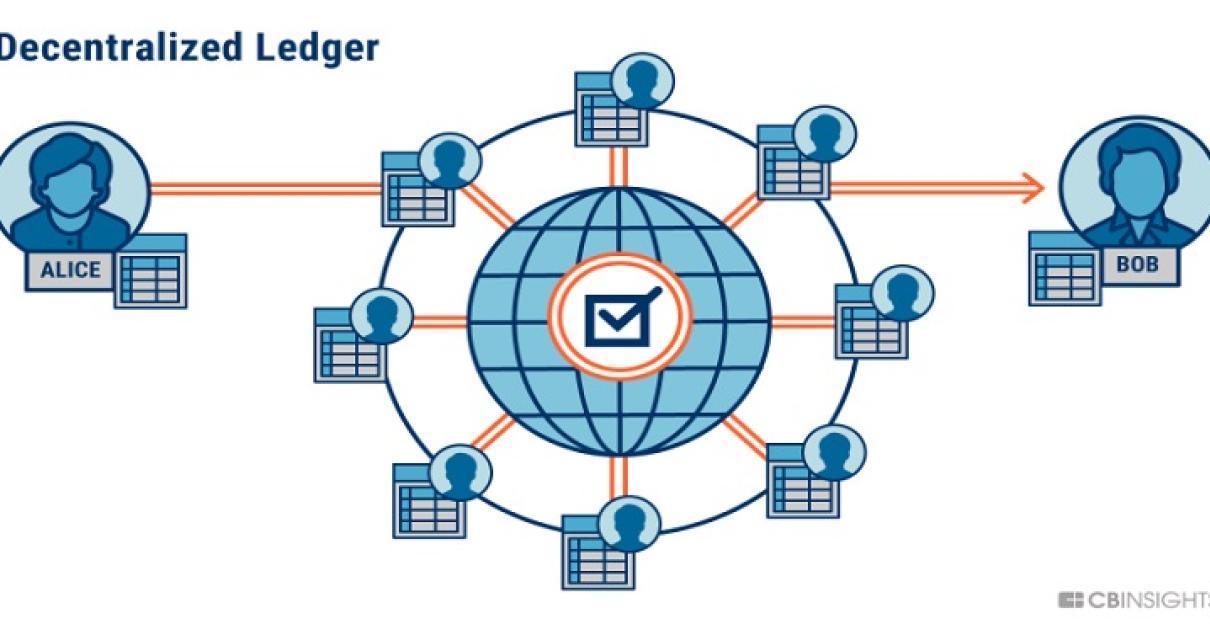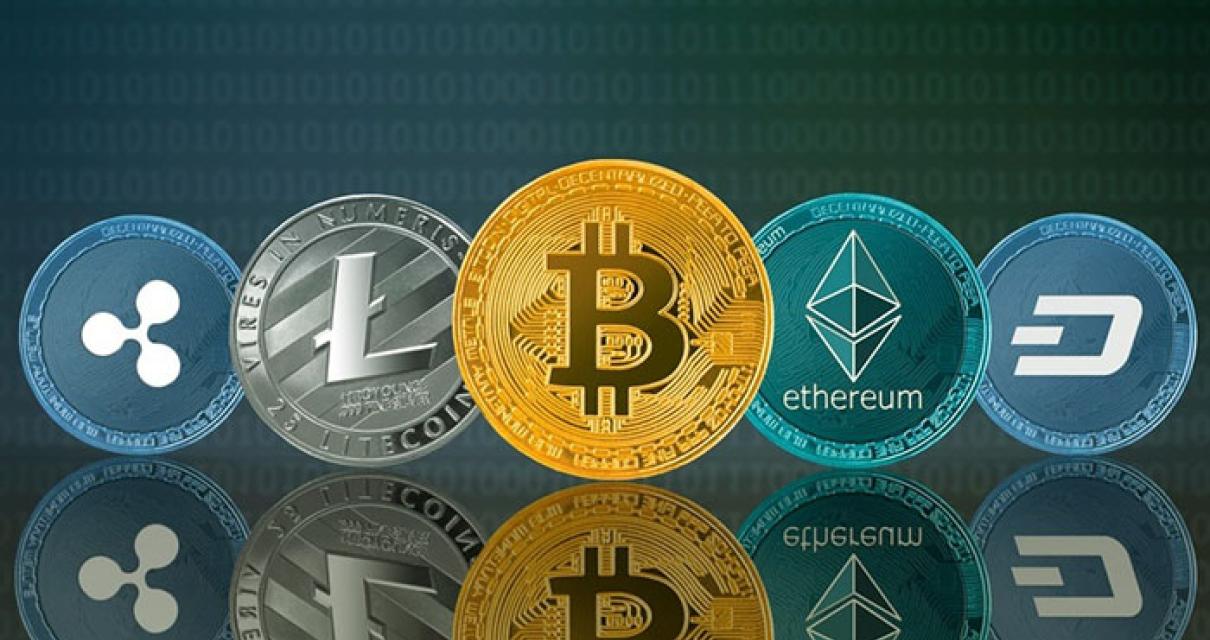What is the blockchain?
The blockchain is a distributed database that can be used to track the ownership of digital assets. It is also used to create a tamper-proof record of events.
What is the blockchain technology?
The blockchain technology is a distributed database that allows for secure, transparent and tamper-proof transactions. The technology is often referred to as a “distributed ledger” because it is a shared database that is built and maintained by a network of computers. Transactions are verified by network nodes and then recorded in a public ledger. Each node can verify the integrity of the data in the ledger, making it difficult for anyone to tamper with the records.

What is the blockchain used for?
The blockchain is a digital ledger of all cryptocurrency transactions. It allows for secure, transparent and tamper-proof recordkeeping.
How does the blockchain work?
The blockchain is a distributed ledger of all cryptocurrency transactions. It is constantly growing as "completed" blocks are added to it with a new set of recordings. Each block contains a cryptographic hash of the previous block, a timestamp, and transaction data. Bitcoin nodes use the block chain to distinguish legitimate Bitcoin transactions from attempts to re-spend coins that have already been spent elsewhere.

Who created the blockchain?
The blockchain was created by an anonymous person or group of people under the name Satoshi Nakamoto.
What is the difference between blockchains and virtual currencies?
Blockchains are a distributed database that uses cryptography to secure the transactions and to control the creation of new units. Bitcoin, the first and most famous blockchain, is an example of a virtual currency.
How can blockchain be used to create trust?
Blockchain can be used to create trust by creating a tamper-proof record of transactions. This prevents fraud and allows people to trust each other.

What are some of the potential applications of blockchain technology?
One potential application of blockchain technology is in the world of online voting. By allowing voters to verify their votes via blockchain, online voting could be made more secure and accurate. Another potential application of blockchain technology is in the world of financial transactions. By allowing transactions to be verified and recorded on a public blockchain, financial institutions could reduce the amount of time needed to complete a transaction.
Why is blockchain technology considered to be disruptive?
Blockchain technology is considered to be disruptive because it enables a new way of doing business. Instead of relying on a central authority to manage transactions, blockchain technology uses a distributed network of computers to manage transactions. This eliminates the need for a third party to confirm transactions and allows for more secure transactions.